In this article, we explore four tech trends that are reshaping food safety management – and how they’re helping food businesses strengthen trust, streamline data and stay ahead of evolving expectations.
Food safety has long been a careful balance between efficiency, compliance and trust. But as supply chains grow more complex, food businesses face increasing pressure to stay ahead of regulations, maintain consistency across multiple sites and manage rising volumes of supplier data. Combine this with consumer demand for transparency and speed, and it’s clear that traditional approaches are no longer enough.
Throughout 2025, digital transformation has continued to redefine how food safety is managed across the industry. From AI-powered insights to connected team platforms and networked monitoring tools, technology has shifted from being a compliance necessity to becoming a strategic driver of brand protection and operational resilience.
Here are the four tech trends we’ve seen emerge, evolve or establish themselves over 2025.
Trend 1: Digital audits & automated compliance tracking
The move from clipboards to connected devices is reshaping how food businesses manage audits. As supply chains expand and data demands grow, digital auditing tools are becoming an essential part of maintaining compliance – offering real-time oversight that paper checklists simply can’t match.
The latest generation of audit software and mobile apps enables teams to capture, review and share data instantly – whether they are on the factory floor or across multiple sites. This mobility helps quality and technical teams identify issues earlier, close out corrective actions faster and keep compliance documentation consistent across locations.
Leading food manufacturer Finnebrogue talk about how they use the Foods Connected auditing software on their factory floors to trend data in real time and ensure that they have no more failed audits in this case study.
Beyond efficiency, the rise of automated compliance tracking is helping businesses strengthen traceability. By linking audit data, supplier performance records and corrective actions into one digital system, companies gain a single, accurate view of food safety performance. The result? Faster audits, fewer gaps and better end-to-end visibility from supplier to store.
Trend 2: AI & predictive risk detection
Artificial intelligence (AI) is moving from theory to everyday application in food safety. Machine learning and predictive analytics are helping manufacturers spot potential issues earlier, from contamination risks to process deviations, before they can impact product quality or compliance.
For instance, AI models can flag unusual temperature patterns, irregular supplier performance data or microbiological anomalies, triggering an investigation before a non-conformance occurs. This proactive approach shifts food safety management from reactive to preventive — a key focus for regulators and retailers alike.
The Allergen Bureau reports that innovations in this area are shaping the future of food allergen testing. Methods such as Hyperspectral imaging (HSI), Fourier Transform Infrared (FTIR) spectroscopy and Computer Vision (CV) are all being used. When they are combined with machine learning the result is non-destructive, real-time allergen detection which does not alter the integrity of the food. AI is also being used to target allergenicity in new ingredients. This prevents them even entering the supply chain.
Right across the sector, AI-powered systems are being used to centralise large data sets, monitor real-time trends and support faster decision-making. Combined with automation, these tools are helping technical and quality teams reduce waste, improve traceability and build more resilient supply chains.
Tech company Avalo is a case in point. They have turned their attention to four mega-crops – cotton, sugar, rice and rubber. Their aim is to lower the carbon footprint by targeting different aspects of each ingredient, using a first-of-its-kind Interpretable Machine Learning (IML) approach to develop more sustainable and resilient crops by identifying genetic opportunities through computer simulations. Coca-Cola is already working with Avalo to develop a more sustainable sugarcane.
Trend 3: IoT sensors and real-time monitoring
The Internet of Things (IoT) is increasingly bridging the gap between the physical and digital worlds. Intelligent sensors can now track temperature, humidity and vibration across food supply chains, feeding data directly into digital monitoring platforms that give technical teams real-time visibility of conditions from farm to fork.
Currently at the research stage at Penn State & NASA, AI-powered electronic noses and tongues are being developed to monitor and detect foodborne pathogens in food. These work by combining an array of sensors with machine learning algorithms. Not only will they be able detect food spoilage, but contamination and food fraud.
In cold-chain logistics IoT-enabled sensors within refrigerated vehicles automatically alert managers when temperatures move outside approved ranges. This instant reporting reduces spoilage and improves traceability across long-distance transport.
In 2022, Ireland’s largest grocery distributor, Musgrave Marketplace, worked with Queen’s University Belfast and deployed an IoT anomaly detection system in three of their delivery vans operating in the greater Belfast area. Results showed that the LTE-M cellular IoT system was power efficient and avoided sending false alerts due to the novel alerting system, which was developed based on trip detection.
Innovation is also extending further up the supply chain. Brands like Biofonic and Earth Rover are developed soil sensors that can detect changes in microbial activity and predict contamination risks before harvest – a step towards preventive food safety right from the source.
Within manufacturing environments, IoT-connected weighing systems and cameras are improving data accuracy and compliance monitoring. When this information is integrated into existing food safety software, every batch becomes part of a digital record. This enables faster recalls, more precise root-cause analysis and better risk management.
By embedding IoT monitoring into everyday operations, food businesses are moving from reactive quality control to proactive, data-driven decision-making. The result? Time saved, reduced waste and greater levels of consumer trust.
Trend 4: Cloud-based food safety platforms
If IoT sensors are the eyes and ears of modern food safety, then cloud technology is the brain. Cloud-based platforms – such as Foods Connected – connect teams, suppliers and auditors across multiple sites and geographies, removing long-standing silos that have limited transparency.
These systems allow data to be shared instantly, automate reporting, and ensure everyone has access to up-to-date information. They also simplify compliance by consolidating audit histories, certificates and non-conformances in one central location, giving technical and quality teams a single source of truth.
Another key development is the introduction of next-generation QR codes under the GS1 Sunrise 2027 initiative. These digital labels will allow manufacturers and retailers to store far more product data in a single code — from batch numbers to sustainability credentials — all accessible through the cloud. Companies like Buyerdock are developing QR code-reading apps that enable these brands to meet the latest regulations, while also delivering transparent and safe product data to consumers.
As adoption grows in this area, we expect it to transform traceability, enable faster recalls and strengthen consumer trust through real-time product transparency.
Building a smarter, safer future in food safety
The next chapter of food safety isn’t about replacing the workforce – it’s about empowering them with smarter tools. Digital audits are reducing admin, AI is accelerating risk detection, IoT sensors are delivering instant visibility, and cloud systems are enabling collaboration across global supply chains.
Together, these innovations are reshaping how food businesses operate, making them more connected, transparent, and resilient in the face of evolving challenges.
As technology continues to evolve, the opportunity for the industry lies not just in compliance, but in leadership. Those who embrace digital transformation today will be better positioned to build safer, more sustainable food systems for tomorrow.
Download our latest report to explore how AI is transforming the agri-food industry:

Caitlin Arthurs
Caitlin Arthurs is a Marketing Executive at Foods Connected, specialising in content creation, SEO, and digital strategy. She works closely with industry experts to produce insightful articles, case studies, and resources that help food businesses optimise their operations and stay ahead of regulatory changes. When she’s not crafting content, Caitlin enjoys graphic design, travelling, and spending time with her golden retriever, Spencer.
Stay up to date
Stay up to date
Browse Posts
- December 2025
- November 2025
- October 2025
- September 2025
- August 2025
- July 2025
- June 2025
- May 2025
- April 2025
- March 2025
- February 2025
- January 2025
- December 2024
- November 2024
- October 2024
- September 2024
- August 2024
- July 2024
- June 2024
- May 2024
- April 2024
- March 2024
- February 2024
- January 2024
- December 2023
- November 2023
- October 2023
- September 2023
- August 2023
- July 2023
- June 2023
- May 2023
- April 2023
- March 2023
- December 2022
- November 2022
- October 2022
- September 2022
- August 2022
- July 2022
- June 2022
- May 2022
- April 2022
- March 2022
- February 2022
- January 2022
- December 2021
- November 2021
- October 2021
- August 2021
- July 2021
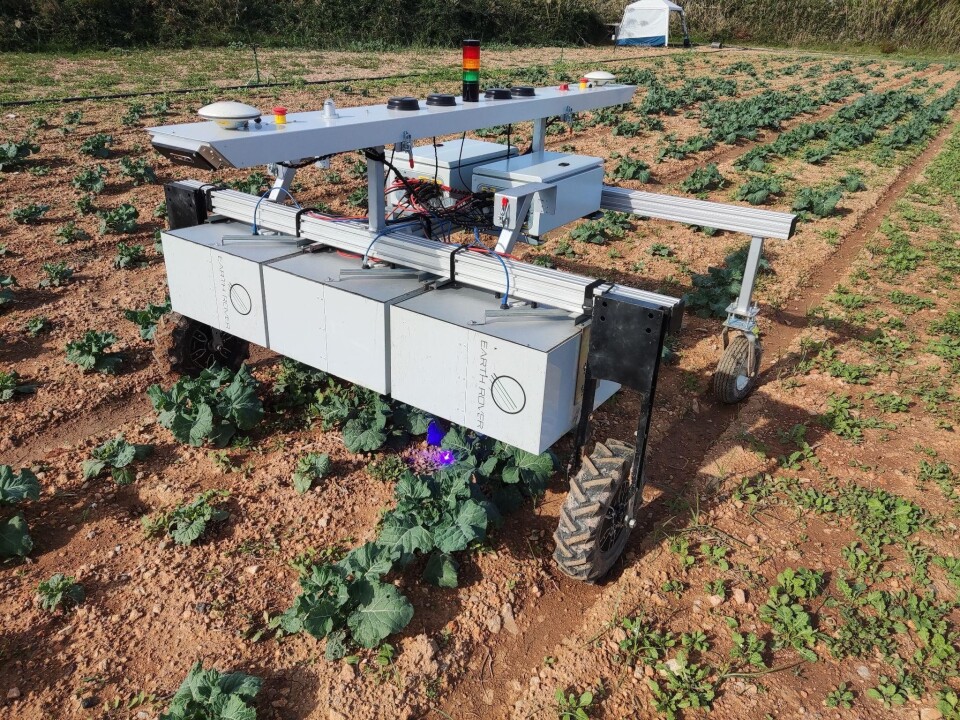
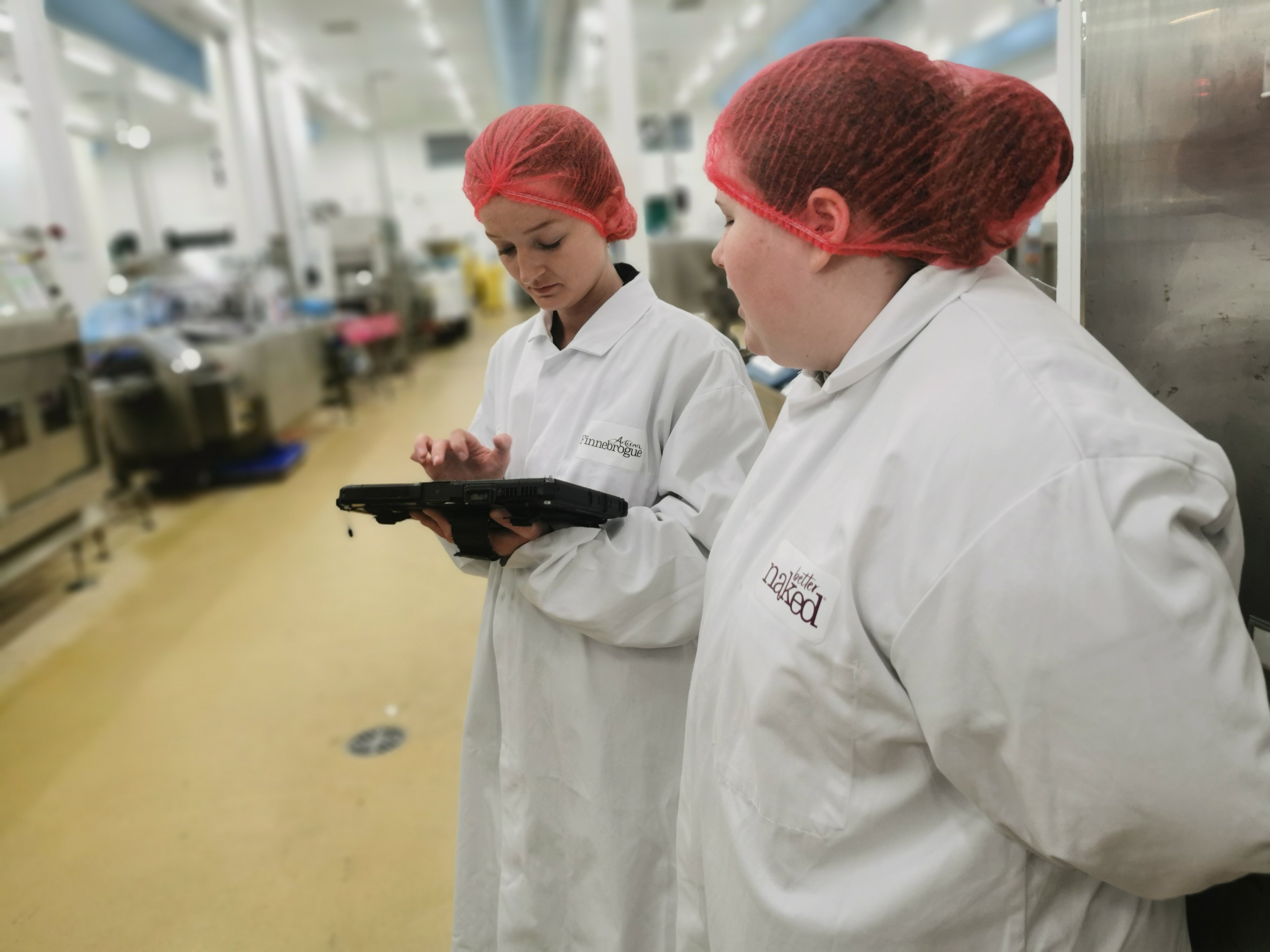
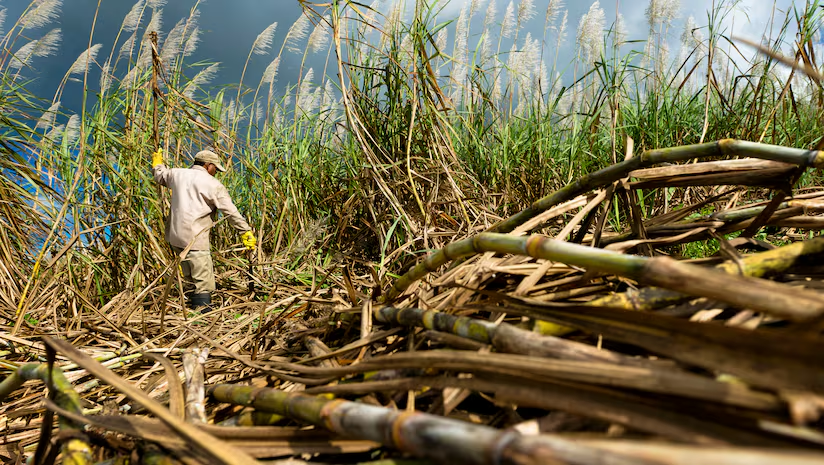
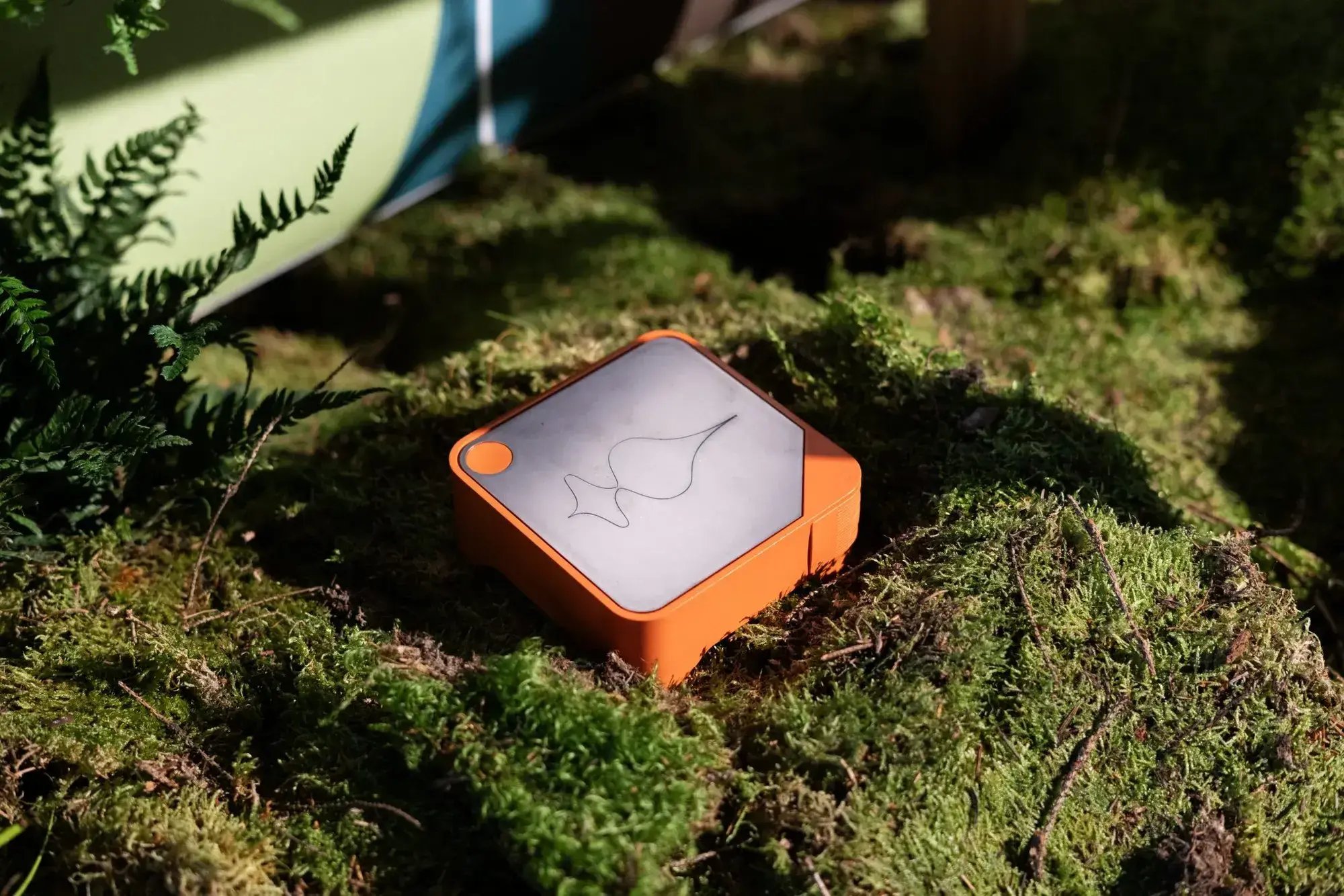

/Blog%20Headers/shutterstock_1927957907%20(1).jpg)
/Blog%20Headers/shutterstock_1845178195%20(2).jpg)
/Blog%20Headers/shutterstock_2473376713.jpg)
/Blog%20Headers/shutterstock_2133827717%20(1).jpg)
/Blog%20Headers/shutterstock_2247276303.jpg)
.png)
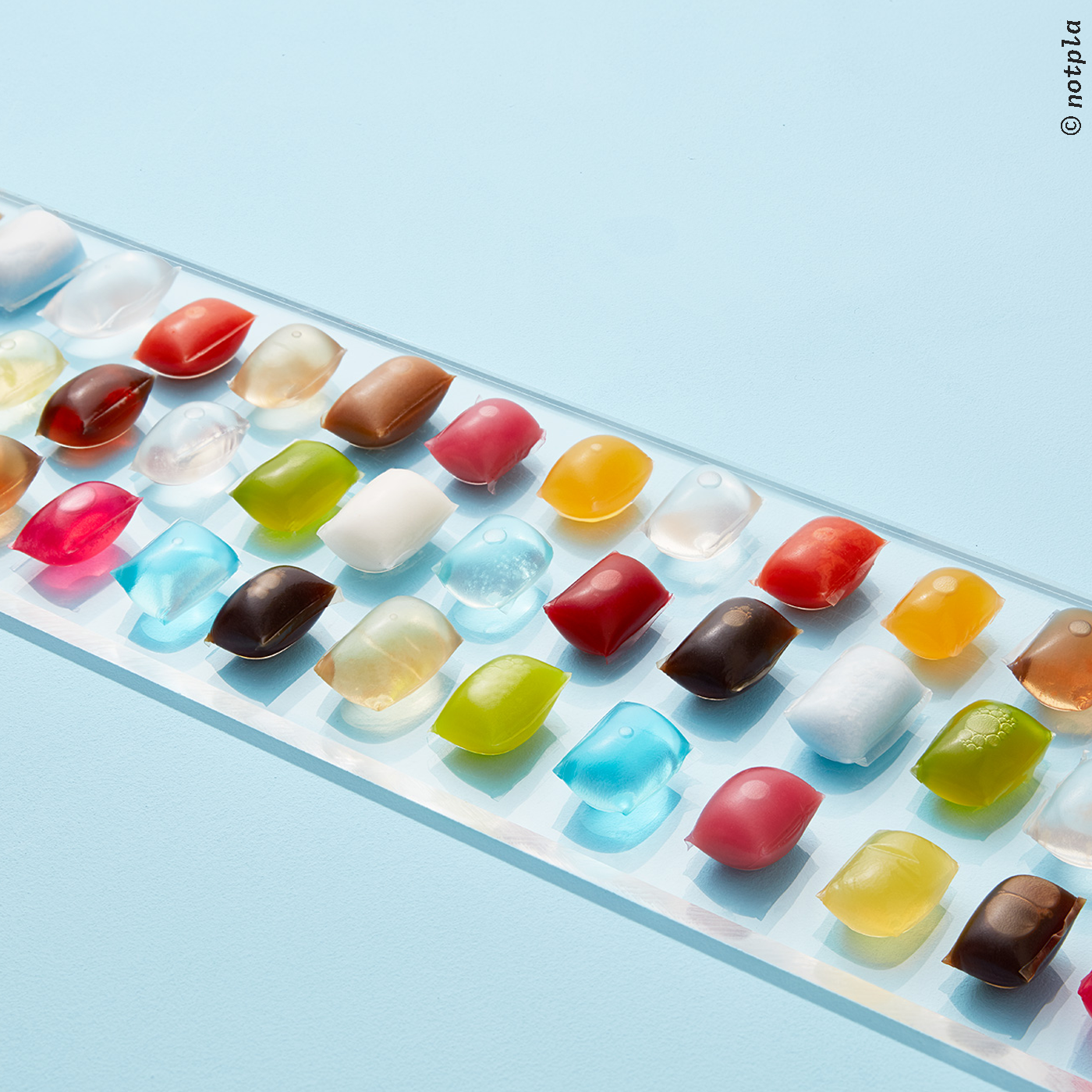

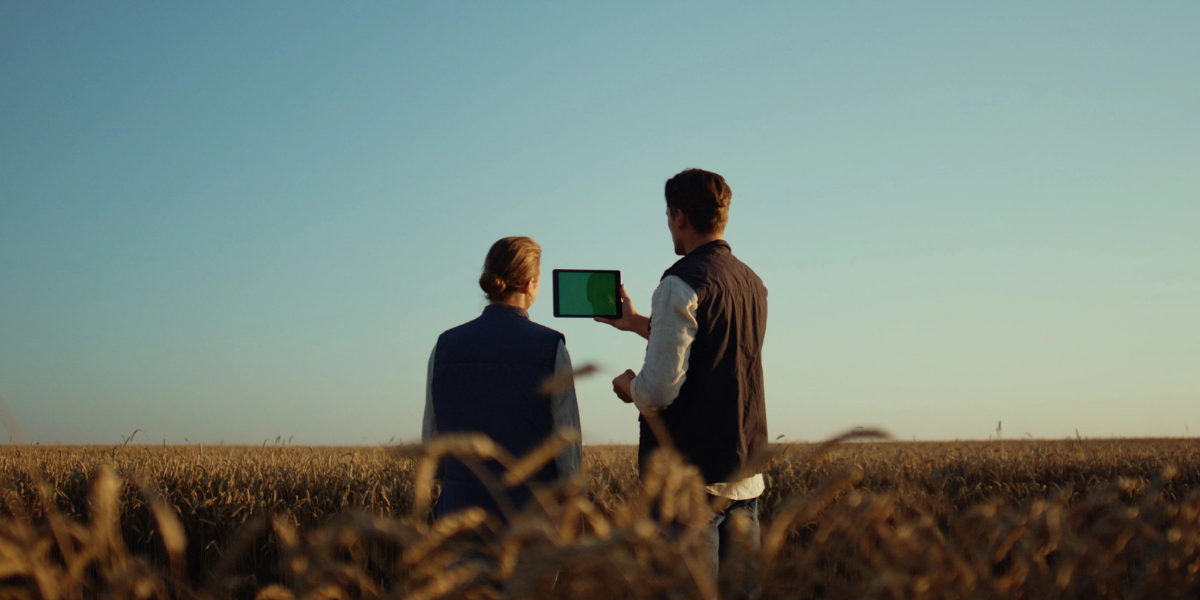
.png)
.jpg)
/Blog%20Headers/Blog%20header_SEO_How%20AI%20detects%20food%20fraud.jpg)
/Blog%20Headers/shutterstock_2480556949.jpg)
.png)
/Blog%20Headers/FSMA%202024%20update%20Blog%20header.jpg)
/Industry%20Voices/Industry%20Voices%20live/Ruth%20Brown%20-%20M+S/Industry%20voices_Ruth%20Brown%20Blog%20Header.png)
/Blog%20Headers/Supply%20chain%20resilience%20Blog%20Header%20.jpg)
/Blog%20Headers/Blog%20header_How%20AI%20is%20making%20supply%20chains%20more%20efficient.jpg)
